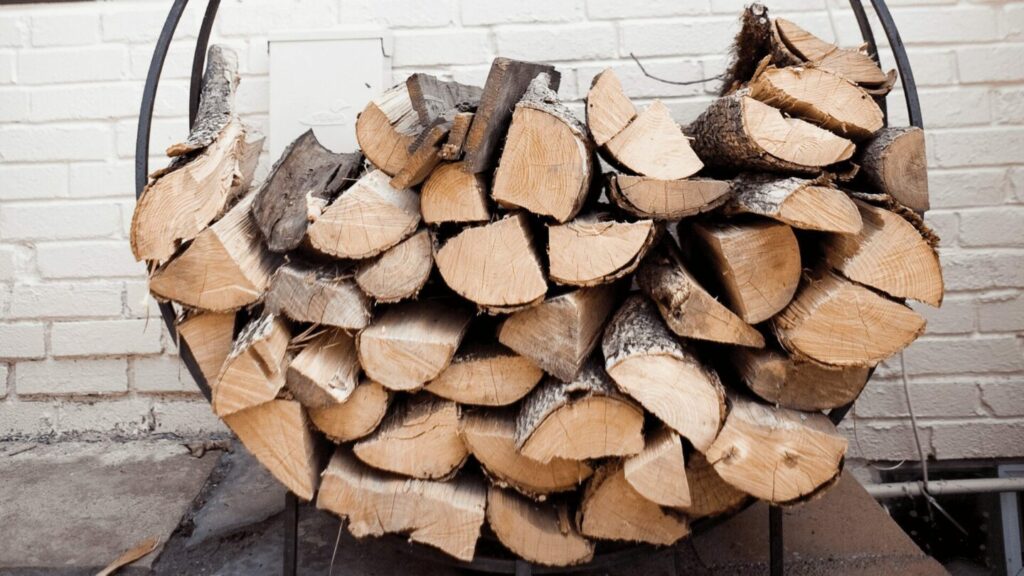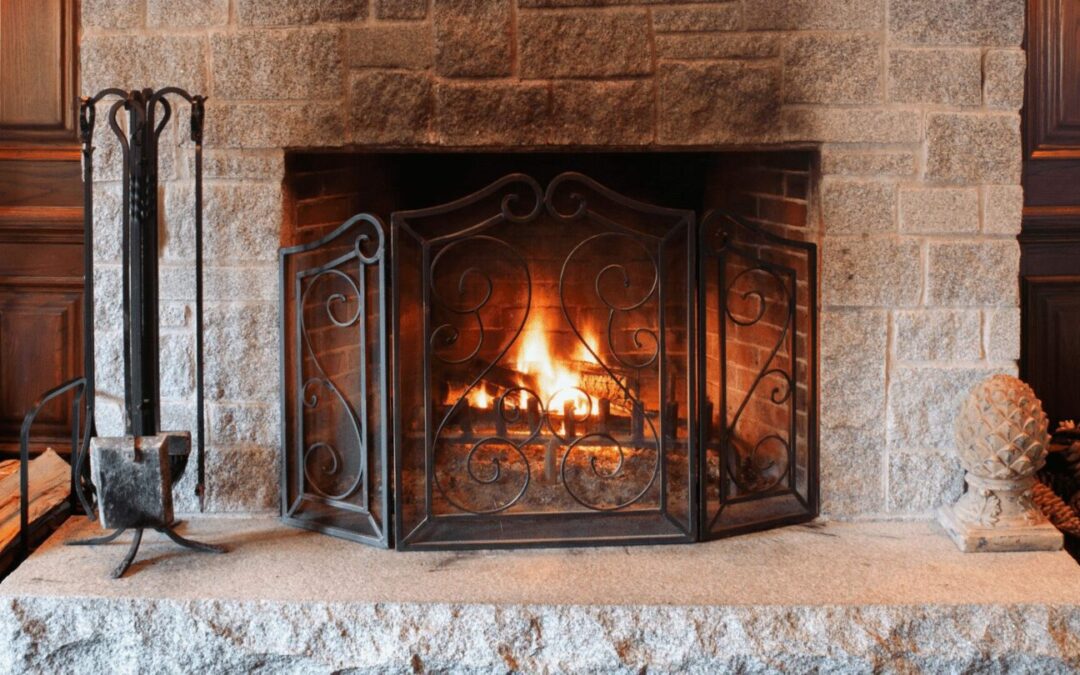A wood-burning fireplace is a wonderful appliance to have in your home. It offers a one-of-a-kind ambiance alongside an alternative heating option. No gas fireplace could produce such a kind of environment, no matter how hard it tried. That is why many Dallas homeowners take advantage of their wood-burning fireplace during the winter months.
Of course, a wood-burning fireplace requires correct handling to reap the benefits. Improper care or use will lead to property damage, serious injury, or worse. We want you to enjoy your fireplace as much as possible, but you have to know how to use it. Here is your guide to using your wood-burning fireplace correctly and safely!
Step 1: Inspection, Cleaning, and Safety
Annual chimney inspections are a must for any chimney. The National Fire Protection Association (NFPA) states you should have your chimney inspected annually. Doing so will help you identify any structural issues and if cleaning is required. If you use your chimney regularly, we recommend chimney sweeping alongside your annual inspection.
This step is a must if you want to safely and properly use your wood-burning fireplace. A buildup of creosote or structural problem puts your home and loved ones at risk. Eliminate these risks at the source by getting a chimney inspection and chimney sweep.
Before beginning, other safety features you must check include your smoke detectors, carbon monoxide detectors, and the fire extinguisher. Check those batteries and ensure these devices work! Once you have completed this step, you can begin taking advantage of your wood-burning fireplace.
Step 2: Gather Fuel
With a name like “wood-burning fireplace,” the selection of fuel should be pretty easy, right? Most wood is a safe bet for your fireplace, but not all. Ensure the wood you use is dry and seasoned. Wet wood leads to a higher production of creosote in your chimney. Seasoned wood is wood that has been cut and dried to remove as much moisture as possible.
The best options for wood species include oak, maple, ash, and beech when it comes to wood species. These are hardwoods that burn hotter and longer. They also produce less creosote. Softwoods include cedar and pine. They are easier to burn but will produce more creosote in your chimney.
Once you have your dry, seasoned wood, collect a number of pieces in varying sizes for the initial fire. Any other wood can be left in a dry place.

Step 3: Open Damper
The damper is a metal plate that seals off the rest of the flue to the firebox. It keeps air from entering your home when there isn’t a fire. Starting a fire while the damper is closed will result in smoke billowing into your home.
To open your damper, it is best you understand what type of damper you have. There are three common types: poker damper (banana handle), rotary damper, and a double pivot. Poker and double pivot damper handles are located on the inside of your firebox. They will move front to back or side to side based on their location.
As for the rotary damper, the knob is usually located on the outside of the fireplace. The knob will rotate left and right. The metal rod attaches to the damper inside and pushes it open accordingly.
After you have opened your damper, peer up into your chimney to ensure it is open, and there is room for smoke to escape the firebox.
Step 4: Prime the Flue (When Necessary)
Flue priming is necessary when the chimney is located on an exterior wall, and the weather outside is much colder than inside. The chimney may be filled with cold air, which can push smoke from the firebox back into your home.
Light some rolled-up newspapers with a lighter to prime the flue and hold it up by the damper. Be careful not to burn yourself and repeat this step two or three times to ensure a healthy draft in the chimney.
Step 5: Build the Fire
The Chimney Saftey Institute of America (CSIA) recommends the top-down method because it produces less smoke and doesn’t require as much attention. To build your fire, grab the largest pieces of wood and lay them perpendicular to the opening of the fireplace.
Next, stack the medium-sized pieces in five or six rows on top of the larger pieces. Do not let your stack take up more than half of the fireplace’s height. Finally, place the smaller pieces of wood on top. These pieces should be the driest pieces of wood in your fire. Using a single match, ignite the very top of the wood stack and let it travel downward on its own.
Enjoy your wood-burning fireplace! Be sure not to close your damper until the fire is out and embers are no longer burning. That is how you can enjoy your wood-burning fireplace safely.

